Who was Jan van Ruusbroec?
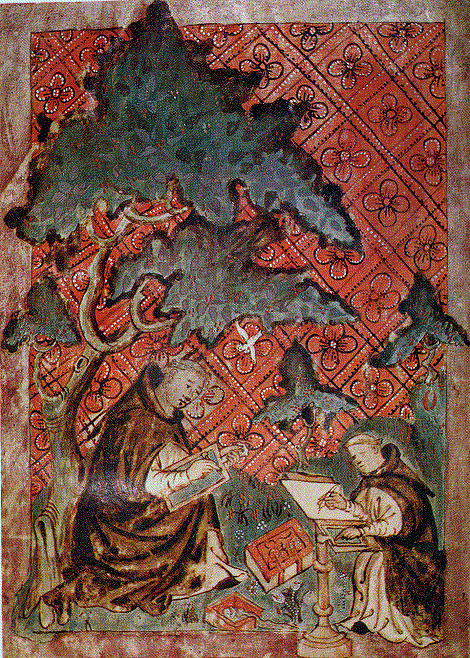
Jan van Ruusbroec (1293-1381) was a Flemish mystic, contemplative writer, and one of the most influential spiritual figures of the Middle Ages. His profound insights into the nature of the Divine, the human soul, and the mystical path to union with God have had a lasting impact on Christian spirituality and, in more recent times, on the development of depth psychology and psychotherapy. This essay will explore Ruusbroec’s life, his major works and key ideas, and how his mystical theology resonates with and informs depth psychological perspectives, particularly in relation to understanding and treating psychological trauma.
Life and Context
Jan van Ruusbroec was born in 1293 in the village of Ruisbroek, near Brussels, in what is now Belgium. Little is known about his early life and education, but it is believed that he received a typical religious upbringing of the time. In 1317, at the age of 24, Ruusbroec was ordained as a priest and served as a chaplain in Brussels.
Around 1343, Ruusbroec, along with two other priests, retired to a hermitage in the nearby Sonian Forest, where they lived a life of contemplation and prayer. This small community would later become the monastery of Groenendaal, with Ruusbroec as its first prior. It was here, in the silence and solitude of the forest, that Ruusbroec wrote most of his major works, which would go on to influence generations of spiritual seekers and mystics.
Ruusbroec lived an extraordinarily long life for his time, passing away in 1381 at the age of 88. He was beatified in 1908 by Pope St. Pius X, and his feast day is celebrated on December 2nd.
Major Works and Key Ideas
Ruusbroec’s writings, originally in Middle Dutch, are characterized by a poetic, experiential style that reflects his deep contemplative life and mystical experiences. His works are not systematic treatises but rather profound explorations of the soul’s journey to God, the nature of Divine love, and the transformative power of grace.
Some of Ruusbroec’s major works include:
- The Spiritual Espousals (Die geestelike brulocht, c. 1335-1343): This is considered Ruusbroec’s masterpiece, a profound exploration of the soul’s mystical union with God, structured around the three stages of the spiritual life: the active life, the interior life, and the contemplative life.
- The Sparkling Stone (Vanden blinkenden steen, c. 1343-1349): This work uses the metaphor of a precious stone to describe the luminous nature of the soul transformed by Divine love.
- The Book of Supreme Truth (Dat boec der hoechster waerheit, c. 1349-1361): Here, Ruusbroec delves into the nature of God, the Trinity, and the soul’s participation in the Divine life.
- The Seven Enclosures (Vanden seven sloten, c. 1349-1361): This treatise explores the seven stages or “enclosures” of the spiritual journey, from the first stirrings of Divine love to the ultimate union with God.
- The Twelve Beguines (Van den XII beghinen, c. 1361-1368): Using the metaphor of twelve beguines (lay religious women), Ruusbroec describes the virtues and practices necessary for the spiritual life.
At the core of Ruusbroec’s thought is the idea of the “common life,” a term he uses to describe the ordinary life of love and service in the world, which he sees as the foundation for the higher stages of the mystical journey. For Ruusbroec, the spiritual life is not about extraordinary experiences or esoteric practices but rather a profound transformation of the heart that allows one to see God in all things and to live from a place of deep union with the Divine.
Ruusbroec emphasizes the importance of the three theological virtues – faith, hope, and love – as the key to spiritual growth and transformation. He sees the spiritual journey as a gradual process of detachment from self-centeredness and a growing conformity to the Divine will, culminating in a state of “living without why” – a selfless, loving surrender to God.
Another central theme in Ruusbroec’s writings is the idea of the “abyss” or “bottomless depth” of God. For Ruusbroec, God is not a distant, static being but an infinite, dynamic presence that constantly draws the soul into deeper communion. The mystical journey is thus a continual plunging into the abyss of Divine love, a process of letting go of all that separates the soul from God.
Ruusbroec’s vision of the spiritual life is ultimately one of profound unity and integration. He sees the human person as a microcosm, reflecting the structure of the Trinity, and the goal of the spiritual journey as a restoration of the soul’s original unity with God. This unity, however, does not erase the individual but rather brings them into a state of “living without distinction” – a paradoxical experience of oneness with God that preserves the uniqueness of the person.
Resonance with Depth Psychology
While Ruusbroec’s writings are firmly rooted in the Christian mystical tradition, they also have a striking resonance with many of the key ideas and themes of depth psychology, particularly as developed by Carl Jung and his followers. This resonance is not coincidental, as Jung himself was deeply influenced by Christian mystics like Meister Eckhart, a contemporary of Ruusbroec.
One of the central points of convergence between Ruusbroec and depth psychology is the emphasis on the transformative power of the inner life. For Ruusbroec, the spiritual journey is primarily an interior process, a gradual awakening to the Divine presence within the soul. This inner awakening leads to a profound transformation of the whole person, a process that depth psychology would describe in terms of individuation or self-realization.
Ruusbroec’s description of the three stages of the spiritual life – the active life, the interior life, and the contemplative life – also has parallels in depth psychology. The active life, with its emphasis on moral virtues and good works, can be seen as corresponding to the development of the ego and the persona in Jungian psychology. The interior life, characterized by self-examination and a growing awareness of one’s inner depths, resonates with the process of shadow work and the exploration of the personal unconscious. And the contemplative life, with its experience of profound unity with God, can be seen as analogous to the realization of the Self, the archetype of wholeness and totality in the Jungian framework.
Ruusbroec’s idea of the “abyss” or “bottomless depth” of God also has echoes in depth psychology’s concept of the collective unconscious – the vast, impersonal realm of archetypal patterns and potentials that underlie the individual psyche. Just as Ruusbroec sees the mystical journey as a continual plunging into the abyss of Divine love, depth psychology recognizes the need to engage with the depths of the collective unconscious in order to achieve wholeness and self-realization.
Another point of resonance between Ruusbroec and depth psychology is the recognition of the paradoxical nature of the Self. For Ruusbroec, the highest stage of the spiritual journey is characterized by a state of “living without distinction” – a unity with God that preserves the uniqueness of the individual. Similarly, in Jungian psychology, the Self is understood as a paradoxical unity of opposites, a coincidentia oppositorum that transcends and includes the individual ego.
Implications for Psychotherapy and Trauma Treatment
Ruusbroec’s insights into the nature of the spiritual journey and the transformative power of Divine love also have significant implications for psychotherapy and the treatment of psychological trauma. His emphasis on the “common life” – the ordinary life of love and service in the world – as the foundation for spiritual growth suggests that healing and transformation are not solely the domain of extraordinary experiences or specialized practices but can be found in the context of everyday life and relationships.
This perspective resonates with the increasing recognition in psychotherapy of the importance of the therapeutic relationship and the role of “common factors” in the healing process. Just as Ruusbroec sees the “common life” as the ground from which the higher stages of the spiritual journey emerge, contemporary psychotherapy recognizes that it is often the quality of the therapeutic relationship, rather than specific techniques or interventions, that is the key to healing and transformation.
Ruusbroec’s understanding of the spiritual journey as a gradual process of detachment from self-centeredness and a growing conformity to the Divine will also has parallels in the process of trauma recovery. Trauma, by its very nature, is a shattering of the self, a rupture in one’s sense of meaning, purpose, and connection. The path to healing often involves a gradual letting go of the old, traumatized self and the construction of a new, more integrated and resilient sense of self.
This process of letting go and transformation is mirrored in Ruusbroec’s description of the soul’s journey into the “abyss” of Divine love. Just as the mystic must let go of all that separates them from God, the trauma survivor must let go of the old, wounded self in order to embrace a new, more whole and authentic way of being.
Ruusbroec’s emphasis on the transformative power of love and surrender also has relevance for trauma treatment. In the context of trauma, love can be understood as the experience of safety, acceptance, and connection that allows the traumatized individual to begin to trust again, to open up to new possibilities, and to risk vulnerability. Surrender, in this context, is not a giving up or a loss of self but rather a letting go of the need for control and a willingness to trust in the healing process.
Finally, Ruusbroec’s vision of the human person as a microcosm reflecting the structure of the Trinity has implications for the understanding of dissociation and fragmentation in trauma. Trauma often results in a splitting or fragmentation of the self, as the individual attempts to cope with overwhelming experiences. Ruusbroec’s idea of the soul’s original unity with God suggests that, beneath the surface of fragmentation, there is a deeper, more fundamental wholeness that can be accessed and restored through the process of healing and transformation.
In this light, the goal of trauma treatment can be understood not simply as symptom reduction or the restoration of functioning but as a profound reintegration of the self, a reclaiming of one’s essential wholeness and unity. This perspective is in line with the increasing recognition in trauma therapy of the importance of addressing not just the symptoms of trauma but the underlying issues of meaning, identity, and spirituality.
Jan van Ruusbroec’s mystical theology offers a rich and profound vision of the spiritual life that has significant resonances with depth psychology and important implications for psychotherapy and the treatment of trauma. His emphasis on the transformative power of Divine love, the importance of the “common life,” and the soul’s journey into the “abyss” of God’s presence provides a framework for understanding the process of healing and transformation that is at the heart of both the spiritual journey and the therapeutic process.
Main Ideas and Key Points:
- Jan van Ruusbroec (1293-1381) was a Flemish mystic and influential spiritual figure
- Key works: The Spiritual Espousals, The Sparkling Stone, The Book of Supreme Truth, The Seven Enclosures, The Twelve Beguines
- Central themes in Ruusbroec’s writings:
- The “common life” as foundation for spiritual journey
- Three stages of spiritual life: active, interior, contemplative
- Importance of faith, hope, and love
- The “abyss” or “bottomless depth” of God
- Unity and integration in spiritual life
- Resonance with depth psychology:
- Emphasis on transformative power of inner life
- Parallels between spiritual stages and psychological development
- Concept of “abyss” similar to collective unconscious
- Paradoxical nature of self/Self
- Implications for psychotherapy and trauma treatment:
- Healing found in everyday life and relationships
- Gradual process of letting go and transformation
- Importance of love, surrender, and trust in healing
- Understanding trauma as fragmentation of self
- Goal of reintegration and reclaiming wholeness
- Ruusbroec’s vision offers framework for understanding healing and transformation in both spiritual and therapeutic contexts
Read More Depth Psychology Articles:
Taproot Therapy Collective Podcast
Mystics and Gurus
Bibliography:
Ruusbroec, J. (1985). The Spiritual Espousals. Translated by H. Rolfson. Collegeville, MN: Liturgical Press. Ruusbroec, J. (2003). The Sparkling Stone. Translated by P. O’Leary. Collegeville, MN: Liturgical Press. Ruusbroec, J. (2014). Opera Omnia I. Edited by G. de Baere, T. Mertens, and H. Noë. Turnhout: Brepols. Ruusbroec, J. (2015). Opera Omnia II. Edited by G. de Baere, T. Mertens, and H. Noë. Turnhout: Brepols. Ruusbroec, J. (2017). Opera Omnia III. Edited by G. de Baere, T. Mertens, and H. Noë. Turnhout: Brepols.
Further Reading:
Andresen, C., & Ruhberg, K. (Eds.). (2011). Mystik und Natur: Zur Geschichte ihres Verhältnisses vom Altertum bis zur Gegenwart. Berlin: De Gruyter. Dupré, L. (1989). The Common Life: The Origins of Trinitarian Mysticism and Its Development by Jan van Ruusbroec. New York: Crossroad. Faesen, R. (2000). Begeerte in het werk van Jan van Ruusbroec. Antwerpen: Peeters. Geybels, H. (2007). Vulgariter Beghinae: Eight Centuries of Beguine History in the Low Countries. Turnhout: Brepols. Herman, J. L. (2015). Trauma and Recovery: The Aftermath of Violence – From Domestic Abuse to Political Terror. New York: Basic Books. Jung, C. G. (1968). Psychology and Alchemy. Princeton, NJ: Princeton University Press. Levine, P. A. (2015). Trauma and Memory: Brain and Body in a Search for the Living Past. Berkeley, CA: North Atlantic Books. McGinn, B. (2005). The Varieties of Vernacular Mysticism (1350-1550). New York: Herder & Herder. Mommaers, P. (2004). Christus en zijn beminde: een theologisch essay over Ruusbroec en de christelijke mystiek. Averbode: Averbode. Ogden, P., & Fisher, J. (2015). Sensorimotor Psychotherapy: Interventions for Trauma and Attachment. New York: W. W. Norton & Company. Porges, S. W. (2011). The Polyvagal Theory: Neurophysiological Foundations of Emotions, Attachment, Communication, and Self-Regulation. New York: W. W. Norton & Company. Van Nieuwenhove, R. (2013). An Introduction to Medieval Theology. Cambridge: Cambridge University Press. Verdeyen, P. (1981). Ruusbroec en zijn mystiek. Leuven: Davidsfonds. Warr, C. (2007). Changing Perceptions: Milestones in Twentieth-Century British Portraiture. Aldershot: Ashgate. Wilber, K. (2000). Integral Psychology: Consciousness, Spirit, Psychology, Therapy. Boston: Shambhala.
Read More Depth Psychology Articles:
Taproot Therapy Collective Podcast
Jungian Innovators
Jungian Topics
How Psychotherapy Lost its Way
Therapy, Mysticism and Spirituality?
What Can the Origins of Religion Teach us about Psychology
The Major Influences from Philosophy and Religions on Carl Jung
How to Understand Carl Jung
How to Use Jungian Psychology for Screenwriting and Writing Fiction
How the Shadow Shows up in Dreams
Using Jungian Thought to Combat Addiction
Jungian Exercises from Greek Myth
Jungian Shadow Work Meditation
Free Shadow Work Group Exercise
Post Post-Moderninsm and Post Secular Sacred
Jungian Analysts
Anthropology
Mystics and Gurus
Philosophy
Spirituality
Cognitive and Behavioral Psychologists

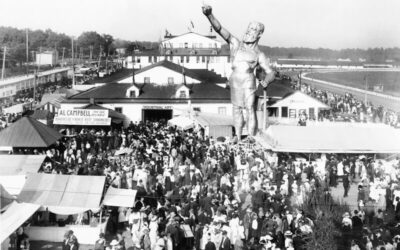

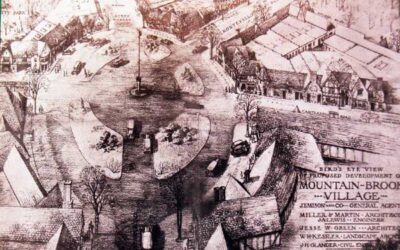



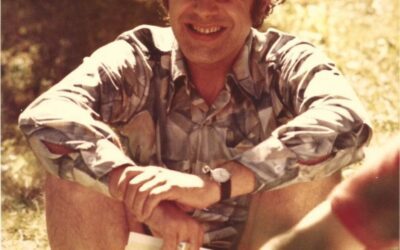
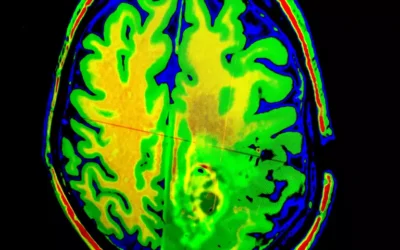








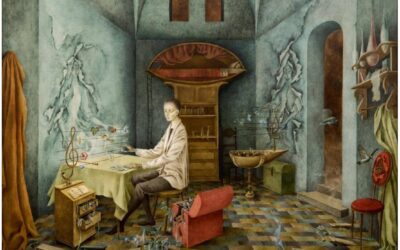

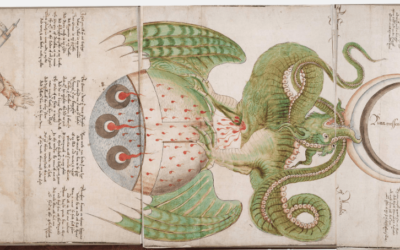


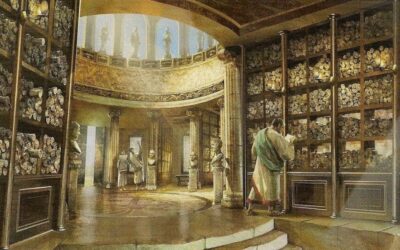

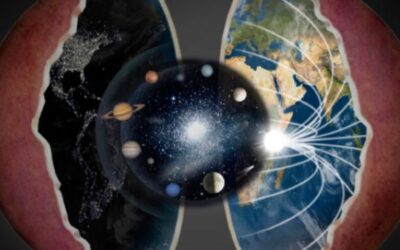
0 Comments